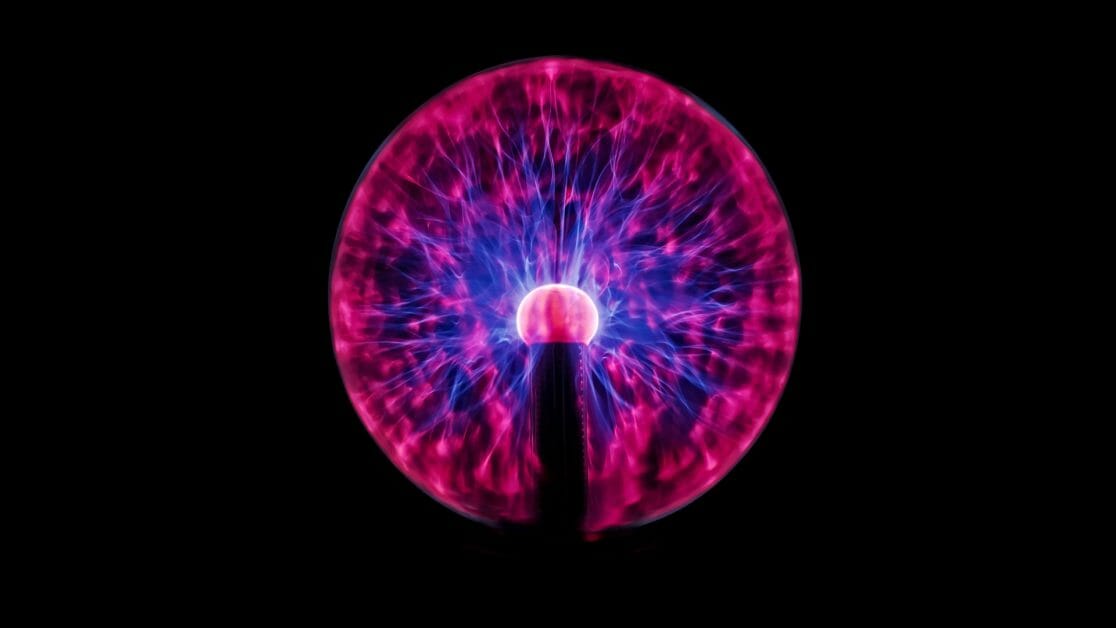Does Neon Conduct Electricity?

Neon is one of the most popular lighting materials in the world. But does neon conduct electricity?
Neon is a chemical element with no color, smell, or taste.
Neon is a noble gas, meaning it does not usually conduct electricity. “Noble gases” refers to a class of unique elements that do not interact chemically with other features.
We will go into more detail below.
How Do Neon Light Work?
Here are the key points about how neon lights work:
- Electrodes are attached to both ends of a neon tube. They work with either DC or AC. But if they use DC, the glow will only be around one of their electrodes. AC is used to power most neon lights because of this.
- When an electric current flows through the terminals, enough energy is built to remove the outer electrons from the atoms of the neon gas.
- If there isn’t enough voltage, the neon light won’t light up because the kinetic energy won’t be enough to create the electrons that leave the neon atoms.
- The positively charged atoms are drawn to the negative end of the tube, while the positively charged electrons are drawn to the positive end. This provides the guarantee that the light works.
- As the atoms move within the tube, they bump into each other, and energy is transferred to other atoms. This gives off a great deal of heat.
- The heat that is given off makes the electrons return to their original state by giving off energy from photons or light.
Why Does Neon Not Conduct Electricity?
Neon is a gas that doesn’t conduct heat or electricity well, so it is called an insulator. Gases are good insulators because they are light compared to liquids and solids.
When atoms are close together, it is easier for electricity or heat to move from one to the next. In gases, on the other hand, the atoms are spread out. But when the pressure is low, all noble gases, including neon, conduct electricity and glow. The same thing happens with neon lights.

Is Neon a Good Conductor of Electricity in a Solid State?
Neon doesn’t react with other things and is very stable. It doesn’t rust easily because it is so tough. Neon is a gas, and it is not a metal. Neon is an insulator, like many nonmetals and gases. This means that it doesn’t move heat or electricity very well.
What is the Thermal Conductivity of Neon?
Neon has a thermal conductivity of 0.0493 W/(mK). The thermal conductivity (k or ), measured in W/m.K, is a property of a solid that tells us how well it moves heat. It is a way to measure how well a material can transfer heat by conduction.
Why is Neon the Most Electronegative Element?
As the most electronegative element, fluorine is exceedingly reactive, forming compounds with nearly all other elements, including certain noble gases. Neon is a chemical element with an atomic number of 10. This means that its atomic structure comprises 10 protons and 10 electrons. Ne is the chemical sign for neon.
Is Neon on The Periodic Table?
Neon (Ne) is a chemical element and an inert noble gas in Group 18 of the periodic table. It is utilized in electric signs and fluorescent lights.
As the electric current is run through the gas, the gas molecules are excited by the electric field and separated into positive ions and free electrons. The free electrons and positive ions then recombine, emitting light; since the ions have all been removed, the electrons remain and form the electric current.
